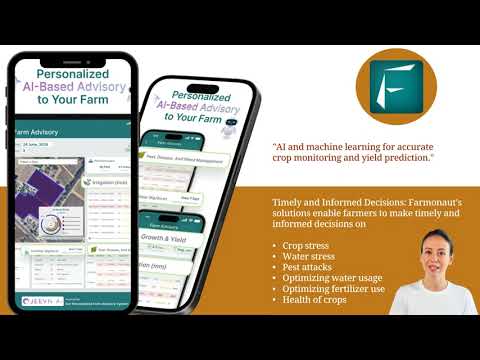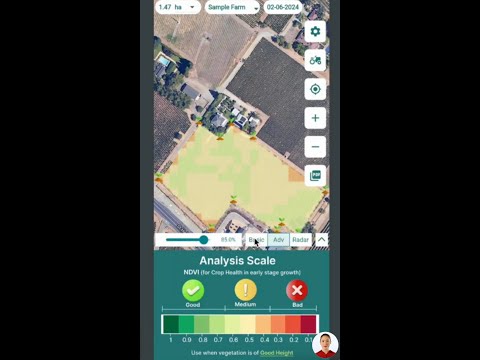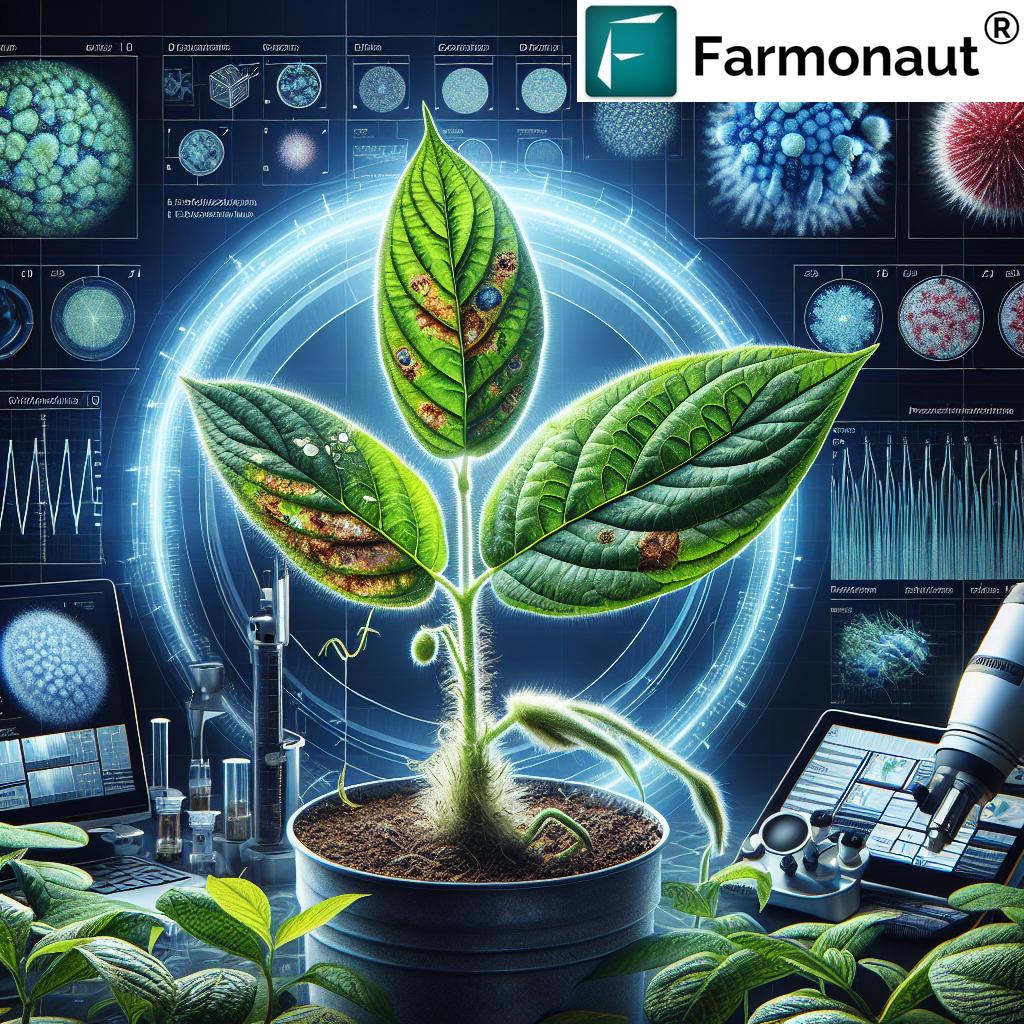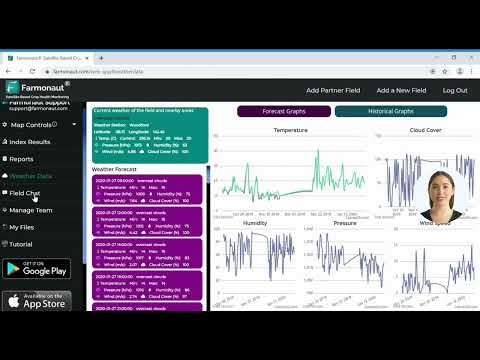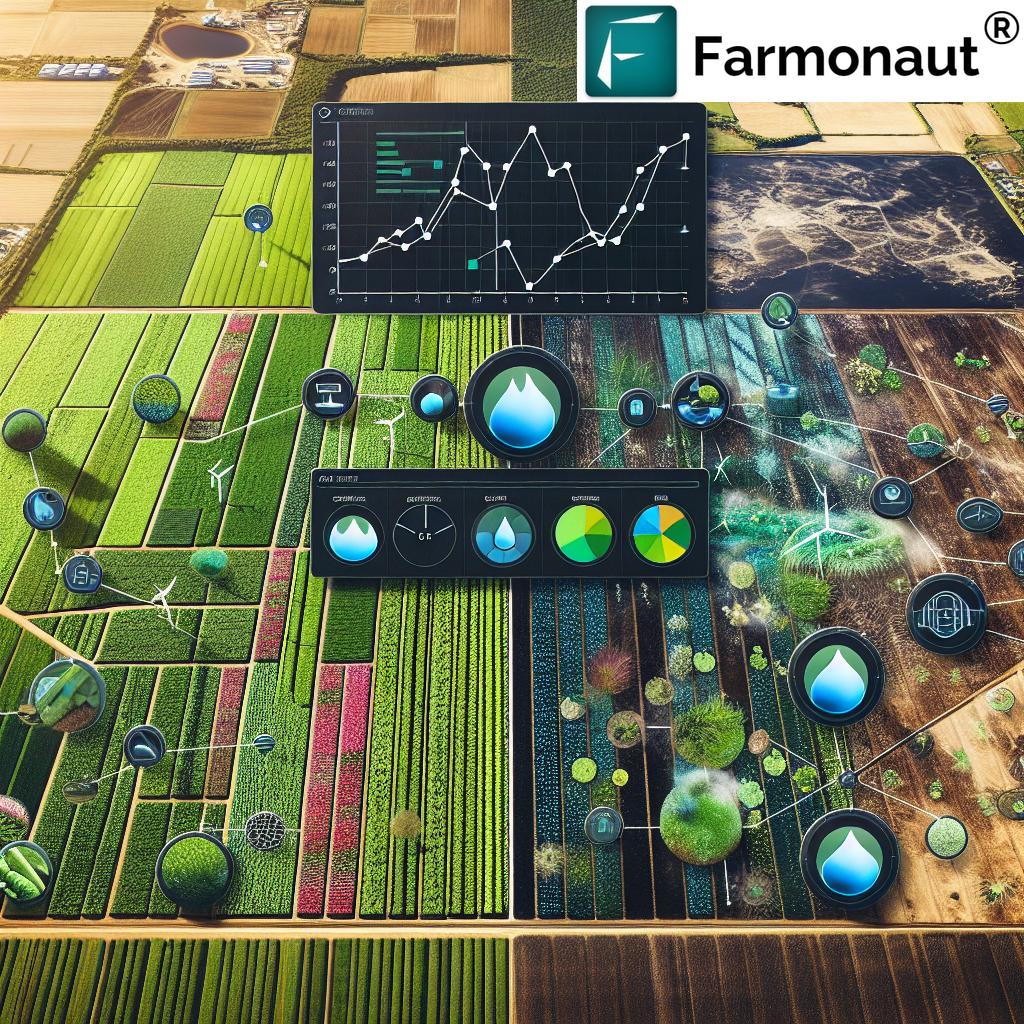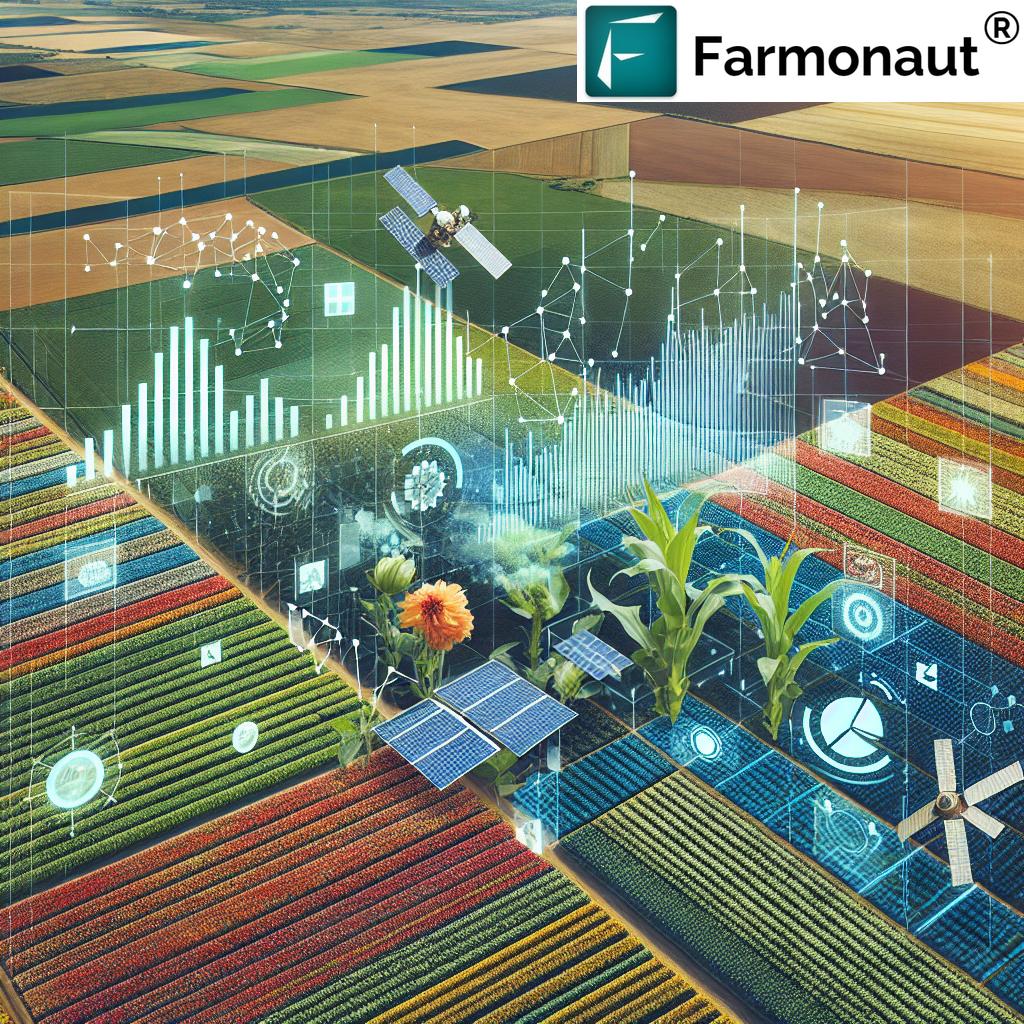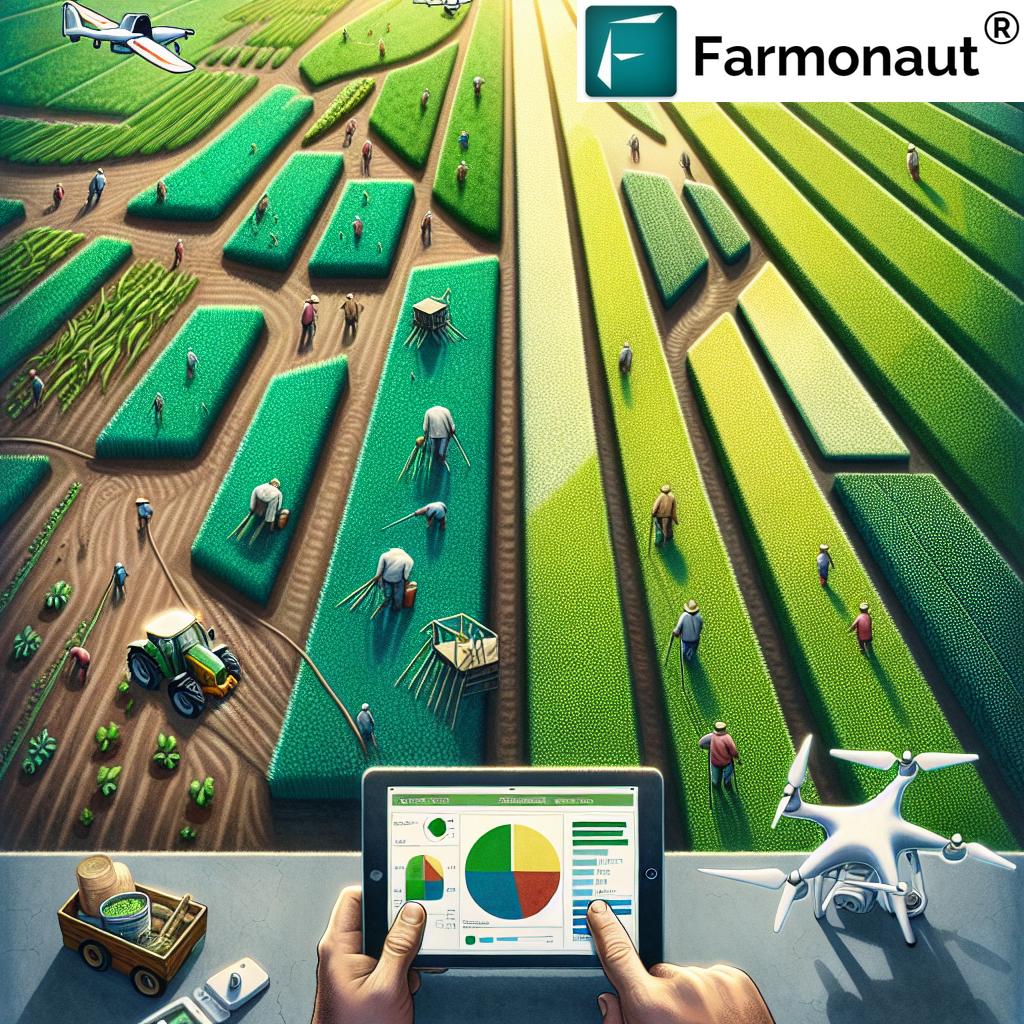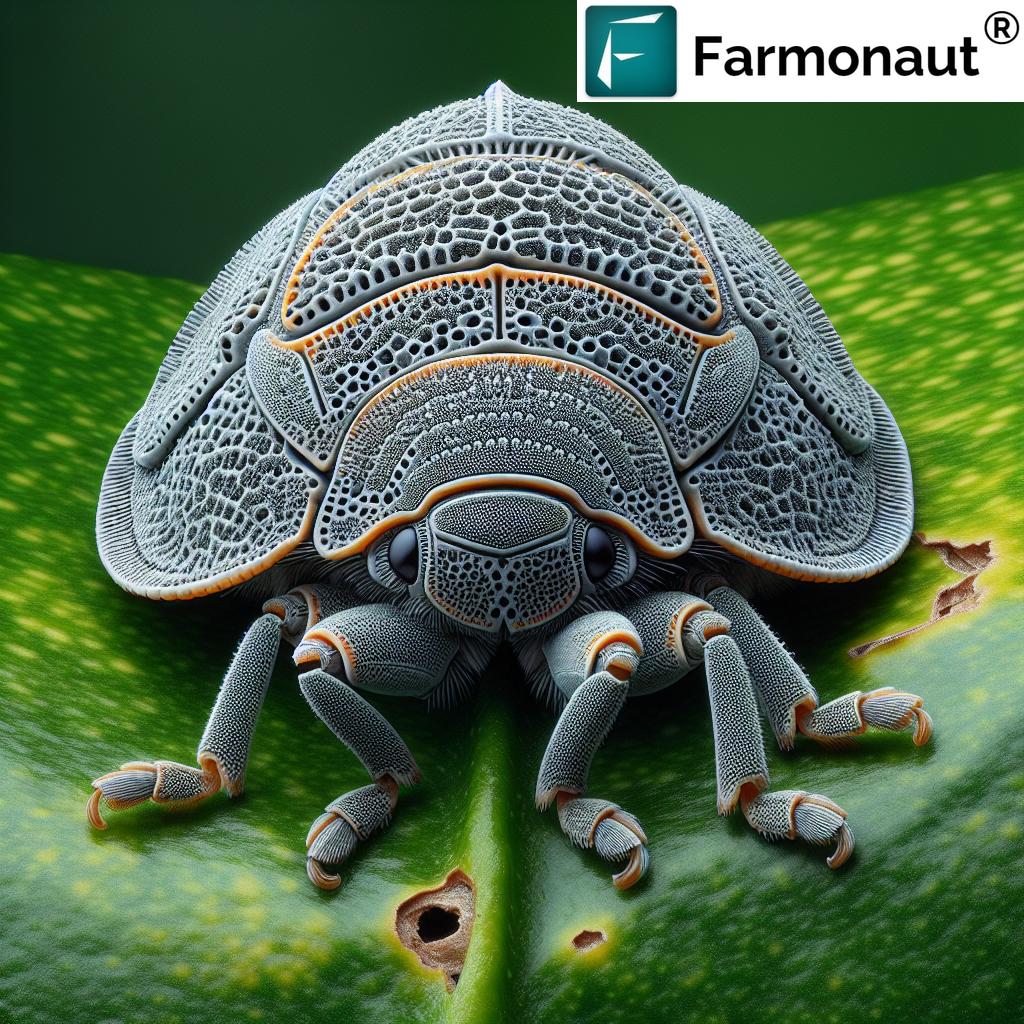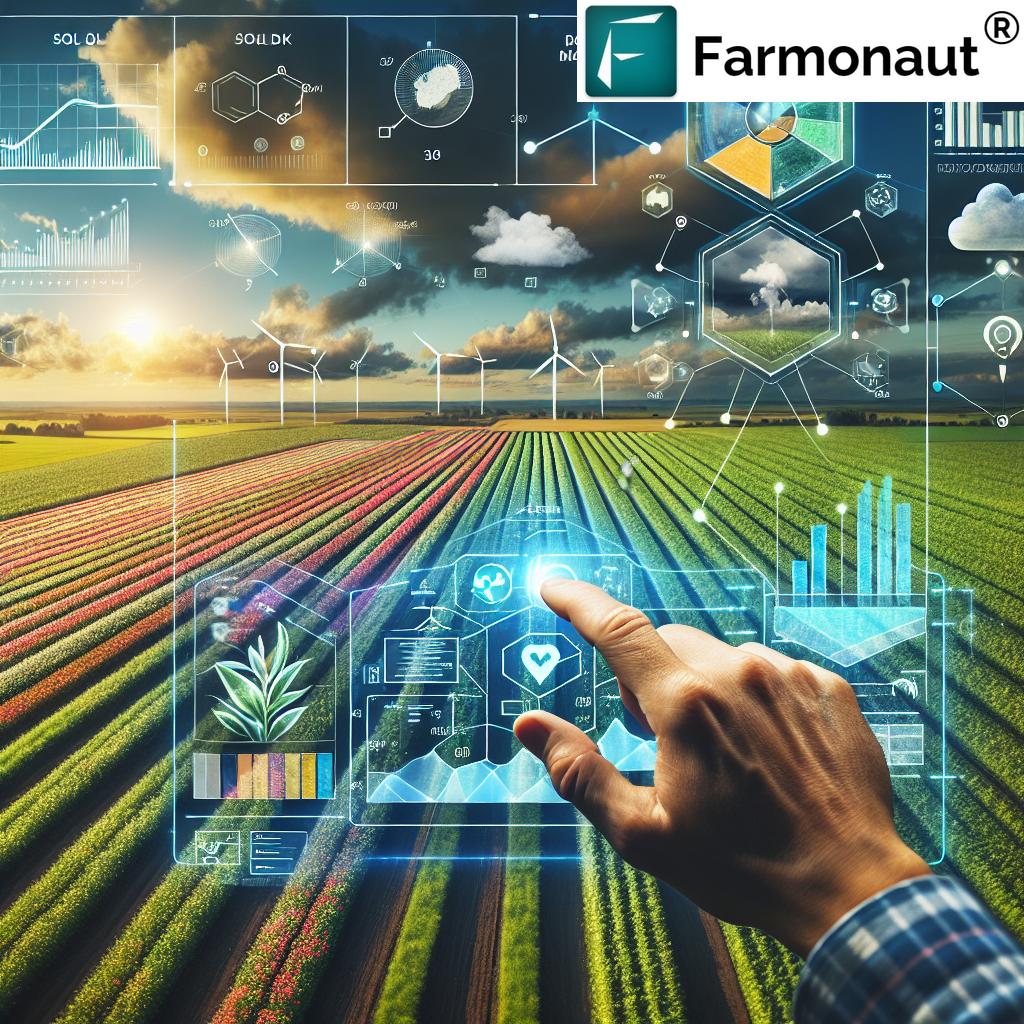Crop Disease Management: 7 Shocking Secrets Unveiled!
“Over 80% of crop diseases can be detected early using AI-powered image analysis.”
Crop diseases pose an immense threat to global agriculture, affecting every region – from the vast corn and soybean fields of Saskatchewan to small, diversified farm plots across Asia and Africa. Effective crop disease management is now more critical than ever, as yield losses and economic challenges increase the urgency for sustainable farming practices and food security.
As farmers, scientists, and agri-innovators, we face a persistent question: How do we manage the threat of crop diseases before they devastate our harvests?
This blog post reveals seven shocking secrets behind world-class crop disease management—ranging from innovative detection methods to integrating advanced technologies. Discover how we can reduce disease incidence, minimize losses, and secure our plant health for generations to come.
Summary: Crop diseases are caused by a myriad of pathogens—including fungi, bacteria, viruses, and nematodes. They strike at various stages of plant growth, leading to wilting, discoloration, mold, rotting, and ultimately compromised crop quality and yield. Early detection and integrated management are essential to minimize their impact and safeguard our food systems. We explore advanced cultural, biological, chemical, and technological practices to strengthen disease control—propelling us toward a sustainable, productive agricultural future.
Understanding Crop Diseases: The Unseen Enemy
When we discuss crop disease management, we must first recognize the silent, relentless adversaries we are up against. Pathogens come in several forms:
- Fungi and Bacteria: Responsible for devastating diseases like powdery mildew, rust, and bacterial blight. Fungi thrive in moist environments, while bacteria often spread through water, insects, or contaminated plant material.
- Viruses: Invisible to the naked eye, plant viruses frequently lead to chlorosis, mosaic patterns, and stunted growth. Vector insects like aphids are common carriers.
- Nematodes: Tiny soil-dwelling worms that invade roots, causing knots, stunted growth, and increased susceptibility to other diseases.
Once these pathogens infect plants, we observe symptoms such as:
- Wilting leaves and stems
- Discoloration and yellowing
- Mold, mildew, and fungal growth
- Root and stem rotting
- Poor fruit/seed development and reduced yield
The damage may remain hidden until it is too late, making early detection of plant diseases absolutely critical. At Farmonaut, our technologies focus on identifying crop health risks long before they become visible in the field, giving farmers a timely edge in interventions.
Secret #1: Cultural Practices in Agriculture—Disrupting the Disease Cycle
One of the oldest yet most effective forms of disease management in agriculture is the use of targeted cultural practices. These methods alter the farm environment, reducing the likelihood that pathogens will infect crops or establish persistent populations.
Crop Rotation & Intercropping
Alternating different crops each season (known as crop rotation) disrupts pathogen life cycles. For instance, after planting corn, we may rotate to soybeans. This switch helps control soil-borne diseases specific to corn, because the pathogens lose their preferred host, lowering inoculum in the soil.
- Intercropping—growing multiple crops simultaneously—further complicates pathogen adaptation, making disease outbreaks less frequent.
- These strategies are especially important for sustainable farming practices because they naturally limit disease, reducing dependency on chemical controls.
Residue Management
Crop residues—the remains of plants after harvest—can harbor overwintering pathogens. Residue management involves the proper disposal, deep plowing, or breakdown of these materials:
- Deep plowing buries residues, while composting or burning (where allowed) destroys pathogen inoculum.
- This method must balance erosion control and soil health, as residues also prevent nutrient run-off and maintain structure.
Field Sanitation: Keeping Pathogens at Bay
- Clean all equipment and tools before moving between fields or operations.
- Remove diseased plant debris promptly to eliminate sources of infection.
- Implement weed management and remove volunteer plants that can harbor disease.
These seemingly simple steps dramatically reduce the risk of disease spread.
Secret #2: Biological Control of Crop Diseases—Harnessing Nature’s Allies
With increasing emphasis on sustainability, more farmers are implementing biological control in their crop management strategies. This approach leverages beneficial organisms to combat harmful pathogens and pests.
Beneficial Microorganisms
- Plant-Growth Promoting Rhizobacteria (PGPR): These bacteria colonize plant roots, outcompete pathogens, and even stimulate the plant immune system for enhanced resistance.
- Trichoderma and Bacillus: Fungal and bacterial biocontrol agents that suppress disease-causing fungi and bacteria in soil.
The use of disease-suppressive soils is a cutting-edge aspect of biological control, where specific microbial communities are fostered to dramatically reduce disease incidence on a field scale.
Natural Predators & Parasites
- Encouraging populations of ladybugs, lacewings, and parasitoid wasps helps manage insect vectors and reduce the spread of viral and bacterial diseases.
- Introducing nematode-eating fungi can help control soil-borne nematodes without chemicals.
- Integrated habitat management—like planting wildflower strips—enhances beneficial predator abundance and biodiversity.
Careful monitoring is necessary to avoid unintended consequences like disrupting local ecosystems.
“Precision agriculture reduces crop disease spread by up to 60% through targeted interventions.”
Secret #3: Chemical Control in Crop Management—Smarter, Not Harder
Despite many sustainable farming trends, chemical control—the judicious use of fungicides, bactericides, and nematicides—remains an integral part of modern integrated disease management. The secret is to use chemicals smarter, not harder:
- Integrate with monitoring: Use real-time disease monitoring and prediction tools to enable targeted applications only when the risk is high.
- Rotate active ingredients: Prevent development of resistance in pathogen populations by rotating chemicals and using mixtures with different modes of action.
- Apply precise doses: Variable rate application technologies reduce overuse and environmental impact.
- Combine with other methods: Incorporate cultural, biological, and genetic approaches for comprehensive management and to minimize reliance on pesticides.
This integrated approach to chemical control—based on real-time data and precision delivery—greatly reduces risk of resistance and environmental pollution, while maximizing disease suppression.
Secret #4: Technological Innovations in Crop Disease Management
The shift to precision, data-driven management marks a turning point in how we monitor fields, detect diseases early, and implement sustainable interventions.
Remote Sensing for Crop Health
Farmonaut’s satellite-based crop health monitoring is revolutionizing disease detection. By using multispectral imagery (NDVI, NDWI, etc.), we can identify stressed regions—often before visible symptoms—across vast landscapes. Early warning means timely interventions, optimized inputs, and fewer surprises at harvest.
- Benefit: Remote sensing pinpoints trouble spots, enabling quick diagnosis and preventative action, reducing yield losses across large-scale farms as well as small plots.
For developers and researchers, Farmonaut’s API (API Access,
API Developer Docs) provides seamless data integration with third-party tools, amplifying the power of remote disease detection and monitoring.
AI-Based Advisory and Disease Prediction
Farmonaut’s Jeevn AI Advisory System leverages AI and weather data to generate precise, personalized crop management recommendations:
- Early warning on risk of pathogen outbreaks using real-time data
- Customized interventions—right when and where they’re needed
- Historical data analysis for long-term improvement in disease management
Machine learning amplifies our ability to foresee and counter threats—helping us minimize unnecessary chemical use and maximize yield.
Drones and UAVs for Early Detection
Unmanned Aerial Vehicles (Drones) bring new agility to crop surveillance. Outfitted with multispectral sensors, they deliver high-resolution images that—paired with AI—detect anomalies like anthracnose or blight far earlier than visual field scouting.
- Use Case: Rapidly scan and diagnose localized outbreaks, implement site-specific treatments, and optimize fungicide/pesticide spraying.
Blockchain-Based Traceability
Transparency reduces risk. With Farmonaut’s blockchain-based traceability (Traceability Solution), every stage of a crop’s journey—from planting, through disease intervention, to final sale—is logged securely. This boosts supply chain confidence and helps address disease-related recalls rapidly.
Secret #5: Precision Agriculture Technologies—Target, Optimize, Win
At the heart of modern crop disease management is precision agriculture. Let’s explore how technologies like GPS-guided machinery, soil sensors, and variable rate input systems enhance our disease control practices.
Precision Mapping and Variable Rate Inputs
- Mapping: Detailed digital maps reveal spatial disease risk patterns, topography, and historical hotspots.
- Sensors: Track soil moisture, temperature, and nutrient status in real time, critical for identifying disease-favorable conditions.
- Variable Rate Application: Apply fertilizer, fungicide, and irrigation only where and when it’s needed. This reduces overuse, saves money, and lowers resistance risk.
Farmonaut delivers this integration seamlessly with its satellite, AI, and farm management app, enabling everyone—from individual farmers to large agribusinesses—to reap the rewards of precision.
Carbon Footprinting and Environmental Intelligence
Sustainable agriculture means minimizing environmental impact while maximizing disease suppression. Farmonaut’s Carbon Footprinting Tool enables real-time tracking of emissions from all resource use, helping farms optimize practices to stay green and compliant.
Fleet and Resource Management
Reduce disease spread via better logistics! Using Farmonaut’s Fleet Management Solution, agribusinesses can track equipment, minimize cross-field contamination, and optimize workflow, all from the app. This aids in ensuring that field equipment does not carry pathogens between blocks or farms.
Secret #6: Integrated Disease Management—Synergy for Success
No single method is the answer. Integrated Disease Management (IDM) combines cultural, biological, chemical, genetic, and technological practices to maximize protection and minimize risk.
- Early Detection: Monitor fields visually and with technologies (satellites, drones) for the earliest symptoms.
- Resistant Varieties: Choose disease-resistant crop varieties whenever possible. For example, in regions battling the Papaya Ringspot Virus, resistant papaya breeds can keep production viable.
- Cultural & Biological Controls: Rotate crops, manage residues, and encourage beneficial microbes as a first defense line.
- Targeted Chemicals: Only apply if thresholds are met, and always with resistance management in mind.
- Constant Monitoring & Record Keeping: Use platforms like Farmonaut to track interventions, monitor efficacy, and plan for long-term improvement.
Such integrated strategies are proven to both lower disease incidence and improve food security—maintaining productivity while reducing negative side-effects.
Comparative Table: Advanced Crop Disease Management Strategies
| Strategy/Innovation | Technological Component | Estimated Disease Reduction (%) | Implementation Cost (Estimated) | Best Use Cases |
|---|---|---|---|---|
| Satellite Monitoring & Remote Sensing | Multispectral Imaging, NDVI via Farmonaut App & API | 50-75% | Low-to-Medium (subscription-based) | Large farms, crop insurance, sustainability projects |
| AI-Based Disease Prediction/Diagnosis | Farmonaut’s Jeevn AI Advisory System | 55-80% | Medium | All farm sizes, digital agri-advisory, export-oriented farming |
| Drone Surveillance & Spot Application | UAV with High-Resolution Sensors | 50-65% | Medium-to-High (equipment cost) | High-value crops, large farms, hard-to-reach areas |
| Biological Control (PGPR, Trichoderma) | Beneficial Microbes, Soil Amendments | 30-60% | Low-to-Medium | Organic farms, vegetable production, rice & legumes |
| Disease-Resistant Crop Varieties | Genetic Resistance (Traditional/GM) | 40-70% | Moderate (seed premium) | Virus-prone regions, export markets, seed savers |
| Integrated Practices (IDM) | Mix of All Above with Data-Driven Decisions | 60-90% | Variable | Large-scale farms, sustainability certification, export trade |
Secret #7: Farmonaut Platform & App—Accessible Tech for Every Farmer
No matter the scale of your operation, Farmonaut transforms how you manage crop diseases and optimize yields. Our platform brings precision agriculture to every farmer, every field, everywhere:
- Satellite-based crop health monitoring: Empowering early intervention for disease control and resource management.
- AI-driven advisory: Actionable insights for optimal crop management and yield prediction.
- Blockchain-enabled traceability: Full transparency for supply chains in the textile and food sectors.
- Fleet and resource management: Streamlining on-ground operations for agribusinesses large and small.
- Carbon footprinting: Tracking and reducing environmental impact for truly sustainable agriculture.
- Crop loan and insurance verification: Secure, satellite-based validation for crop loan & insurance applications.
- Large-scale farm management suite: Advanced tools for plantation management (Explore our Agro Admin App)
With Farmonaut, the future of crop disease management and sustainable farming practices is firmly in your hands.
Farmonaut Subscriptions: Choose Your Advantage
Ready to revolutionize your disease management strategy? Select your ideal Farmonaut subscription below—bringing actionable insights, advanced monitoring, and AI-driven decision tools to every farm, every day.
FAQs on Crop Disease Management
What is crop disease management, and why is it important?
Crop disease management involves the strategies, methods, and technologies used to prevent, detect, and control plant diseases. Effective management is essential for reducing yield losses, safeguarding food security, maintaining crop quality, and ensuring economic sustainability for farmers globally.
How does early detection of plant diseases benefit farmers?
Early detection enables timely, targeted interventions—whether through biological, cultural, or chemical control. Technologies like satellite imaging and AI-based analysis, such as those offered by Farmonaut, provide early warning to prevent outbreaks and minimize crop losses.
What are the main types of plant pathogens affecting crops?
The major pathogens include fungi, bacteria, viruses, and nematodes. Each can infect crops at different growth stages, causing various symptoms such as wilting, discoloration, mold, and root or stem rotting.
How do precision agriculture technologies reduce disease spread?
Precision agriculture technologies, like those integrated in Farmonaut’s solutions, map and monitor field variability, optimize the use of pesticides and fertilizers, and enable variable rate application. This limits disease-favorable conditions and targets diseased hotspots, ultimately reducing the risk of widespread crop loss.
Can I use integrated practices on small farms?
Absolutely. Many integrated disease management approaches—like crop rotation, field sanitation, use of biological controls, and disease-resistant varieties—are especially beneficial and cost-effective for smallholders, particularly when augmented with mobile-based platforms like Farmonaut.
What are disease-resistant crop varieties and how do they help?
Disease-resistant varieties are bred (conventionally or via genetic engineering) to withstand specific pathogens. Planting these varieties reduces incidence of particular diseases and lowers the need for chemical interventions. Example: Papaya varieties resistant to Papaya Ringspot Virus.
Is blockchain technology really useful in farm disease management?
Yes. Blockchain enables transparent, secure tracking of every intervention and product movement through the supply chain. In crop disease events, this traceability allows for fast, targeted recalls and sustains consumer trust.
How can I start using Farmonaut’s crop monitoring platform?
It is easy and accessible. Simply choose the Farmonaut app or web platform suited to your needs. Our API and developer tools enable integration with your existing farm management systems.
Conclusion: Securing Food, Boosting Profit, and Sustaining the Land
Effective crop disease management is the linchpin of modern agriculture. By integrating early detection techniques, cultural and biological practices, precision technologies, and transparent traceability tools, we create resilient, high-yielding systems that protect both our crops and our livelihoods.
With affordable, AI-powered solutions such as those from Farmonaut, farmers and agribusinesses worldwide can access the tools previously reserved for only the largest organizations—transforming every field into a bastion against crop diseases. The result is greater food security, improved economic outcomes, and a more sustainable planet for us all.
Let’s embrace the revolution in crop health management and lead the way to a secure, productive, and sustainable future for global agriculture.



